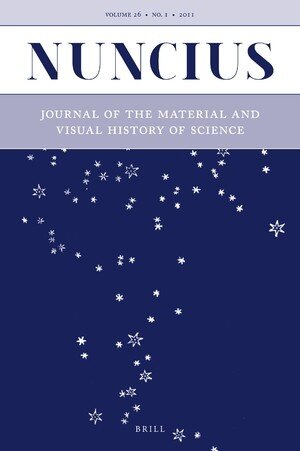Francesco Bianchini (1662ľ1729) and the Origins of Planetary Globes
- Autoria
- Edi├ž├úo
- 35(2)
- Ano
- 2020
- Peri├│dico
- Nº de Páginas
- 251-273

Resumo (em inglês)
The Veronese astronomer Francesco Bianchini (1662–1729) was a prominent figure at the papal court in the pontificates of Clement XI (pp. 1700–1721), Innocent XII (pp. 1721–1724), and Benedict XIII (pp. 1724–1730). In his influential treatise Hesperi et Phosphori Nova Phaenomena sive Observationes circa Planetam Veneris, published in Rome in 1728, he presents the first cartographical depiction of Venus, containing the gores for a globe. Bianchini also produced at least four Venus globes of which two still exist as original models in Paris (BNF) and Bologna (Museo della Specola). With this set of globes, Bianchini provided the first identified three-dimensional model of a planet (if we exclude earlier cartographical examples of the Earth and the Moon). In this article we address the conceptual and technological changes permitting the emergence of planetary globes.